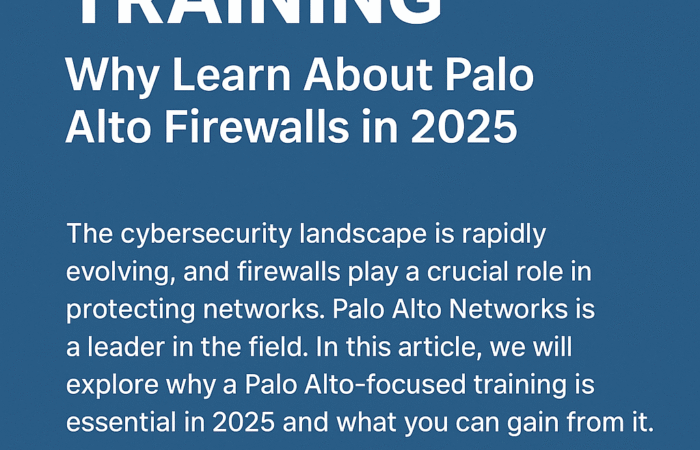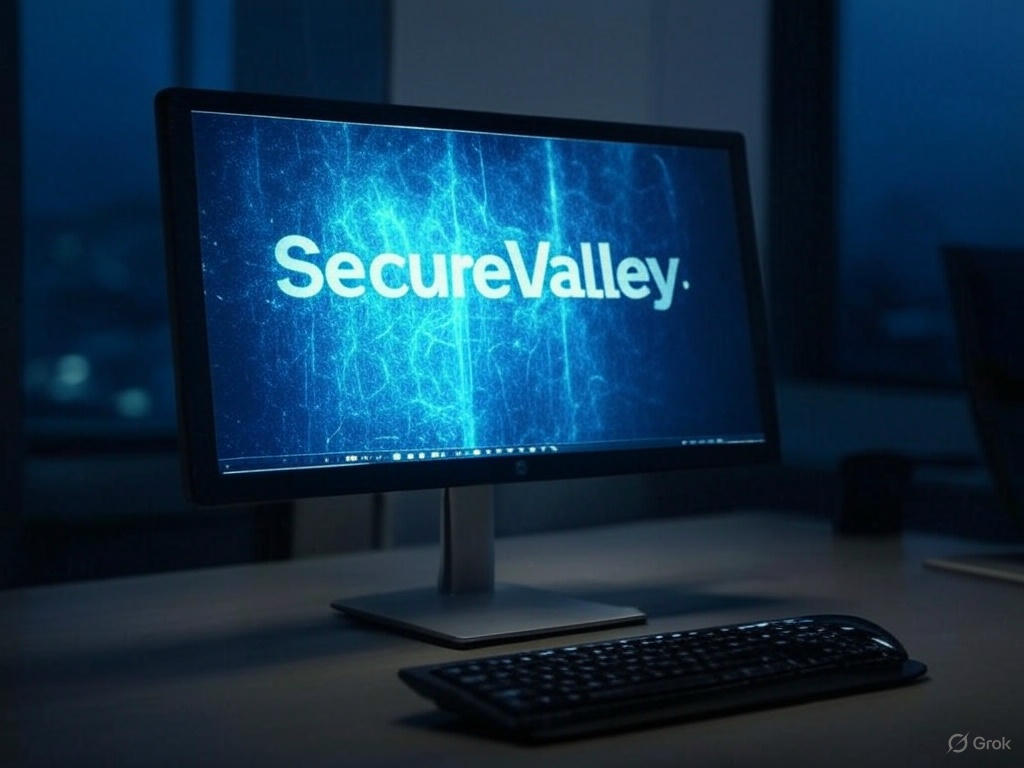Palo Alto Training – Learn Palo Alto Firewalls in 2025

In an era where digital transformation drives innovation and efficiency, the threat landscape has grown equally sophisticated. Cyberattacks are no longer isolated events—they are highly coordinated, multi-vector threats that strike across networks, endpoints, clouds, and applications. Traditional siloed security solutions struggle to keep up with this complexity, often leaving dangerous gaps in protection. Fortinet, a […]

In an era where digital transformation drives innovation and efficiency, the threat landscape has grown equally sophisticated. Cyberattacks are no longer isolated events—they are highly coordinated, multi-vector threats that strike across networks, endpoints, clouds, and applications. Traditional siloed security solutions struggle to keep up with this complexity, often leaving dangerous gaps in protection.
Fortinet, a global leader in cybersecurity, addresses these challenges with a unified security approach designed to provide comprehensive, integrated protection across every layer of a modern IT infrastructure. Through its Fortinet Security Fabric, the company delivers a seamless ecosystem that ensures visibility, control, and security from the core network to the edge, cloud, and beyond.
This article explores how Fortinet’s unified security architecture empowers organizations to stay resilient in the face of evolving threats—while simplifying operations and driving digital innovation.
Many organizations rely on a patchwork of security tools from different vendors. While each tool may serve a specific purpose, the lack of integration often leads to blind spots, inconsistent policy enforcement, and delayed incident response. As networks expand to include remote workforces, cloud services, IoT devices, and edge computing, the limitations of disconnected solutions become more apparent—and dangerous.
What organizations need is centralized visibility, coordinated defense, and automated response. This is the core value proposition of Fortinet’s unified security model.
At the heart of Fortinet’s strategy is the Fortinet Security Fabric, an architectural framework that integrates all Fortinet products—and many third-party tools—into a single, interoperable security ecosystem.
Whether securing a small branch office or a global enterprise, the Security Fabric ensures that all elements of your security strategy are working together seamlessly.
FortiGate Next-Generation Firewalls (NGFWs) are the backbone of Fortinet’s security infrastructure. Unlike traditional firewalls, FortiGate NGFWs provide a broad set of capabilities designed to detect and stop threats before they breach the network.
All FortiGate devices run on FortiOS, a unified operating system that ensures consistent policies, simplified management, and scalability from edge to core.
A unified approach goes beyond the perimeter. Fortinet delivers comprehensive endpoint, application, and user protection through tools such as:
FortiClient provides advanced antivirus, VPN connectivity, and endpoint detection and response (EDR) features. Integrated with the Security Fabric, it allows centralized control over endpoints and automatic quarantine of infected devices.
FortiEDR is designed to detect and defuse threats before, during, and after execution. It operates in real-time and is uniquely capable of automatically remediating threats without interrupting business operations.
User authentication is a critical component of a secure environment. Fortinet offers multi-factor authentication (MFA), single sign-on (SSO), and role-based access control, ensuring that only authorized users gain access to sensitive systems.
As businesses migrate to cloud platforms like AWS, Microsoft Azure, and Google Cloud, Fortinet ensures consistent security across all environments with:
By extending the Security Fabric into the cloud, Fortinet provides the same level of protection and policy enforcement regardless of where applications or data reside.
Fortinet has redefined SD-WAN by tightly integrating it with security through FortiGate NGFWs. Traditional SD-WAN solutions often require separate devices for networking and security, increasing complexity and cost.
With Fortinet Secure SD-WAN, organizations benefit from:
This integration ensures that all traffic—whether from a branch office, cloud, or data center—is inspected and secured without compromising speed or reliability.
Fortinet’s unified security approach is further strengthened by tools for centralized management and analytics.
These tools reduce the operational burden on IT teams while increasing the effectiveness of the security strategy.
No unified security solution is complete without real-time threat intelligence. Fortinet’s FortiGuard Labs is a global research team that continuously monitors the threat landscape and delivers up-to-the-minute updates to all Fortinet products.
This proactive approach ensures that all elements of the Security Fabric are armed with the latest knowledge to combat sophisticated attacks.
Consider a global enterprise with offices in multiple countries, each with its own users, devices, and cloud applications. Without unified security, IT teams face inconsistent visibility, policy enforcement gaps, and delayed responses to threats.
With Fortinet’s Security Fabric, the organization can:
This unified approach translates to better protection, lower costs, and faster decision-making.
Cybersecurity in 2025 demands more than reactive defenses. It requires a proactive, integrated, and automated approach that can adapt to evolving threats across every surface. Fortinet’s unified security architecture addresses this need by providing comprehensive visibility, collaborative protection, and coordinated response—all in one cohesive platform.
From firewalls to endpoints, cloud to SD-WAN, and identity to analytics, Fortinet empowers organizations to protect their networks from every angle—while enabling agility, compliance, and digital growth.
With Fortinet’s Security Fabric, businesses don’t just defend—they thrive securely in a connected world.
Get certified with industry-leading cybersecurity certifications from EC-Council, PECB, Palo Alto Networks, and more.

Learn from world-class instructors Collaborate with top professionals Advanced training...

The CEH is the world's leading cybersecurity certification, recognized by...

Onsite training course Led by an instructor Interactive sessions

Asynchronous, self-study environment Video-streaming format Flexible learning schedule
Adding {{itemName}} to cart
Added {{itemName}} to cart

